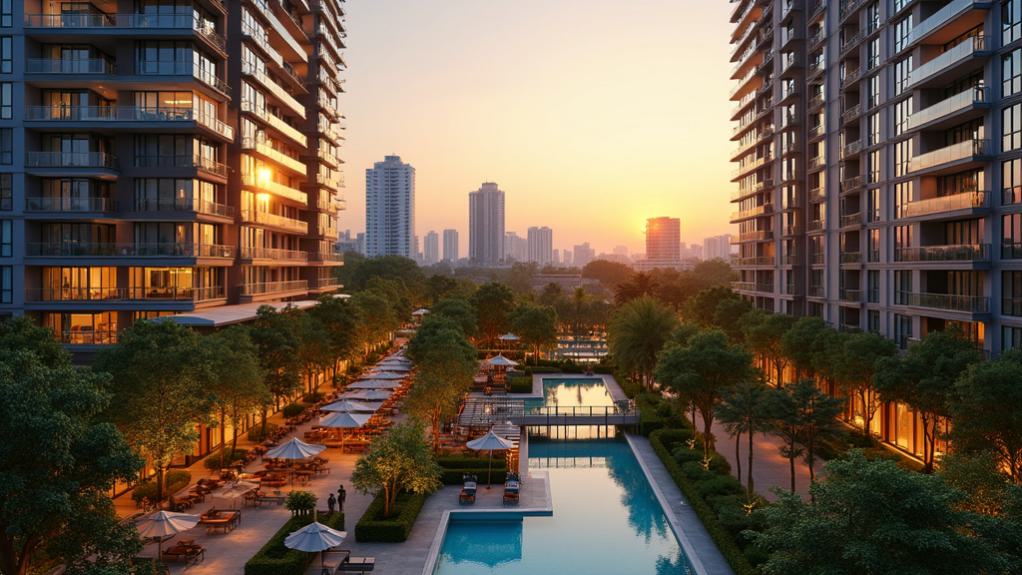While the Singapore property market continues to evolve with diverse housing options, integrated developments have emerged as distinctive investment propositions that fundamentally differ from standard condominiums in multiple aspects. These projects, which combine residential units with direct access to transportation hubs, retail spaces, and occasionally office complexes or childcare facilities, command higher price points due to their extensive convenience factor and superior amenity offerings.
The government typically designates these developments for strategically important locations, which inherently strengthens their long-term demand profile and investment potential.
The price premium observed in integrated developments reflects their convenience value proposition, with these properties typically fetching several percentage points more per square foot than comparable standard condominiums. This differential is particularly pronounced in developing neighborhoods where surrounding amenities are limited, creating a scarcity premium that can translate to stronger capital appreciation.
The integrated nature provides residents with significant time and cost savings on daily transport and living expenses, factors that contribute to their perceived value among both owner-occupiers and tenants. Properties like The Centris have demonstrated this value with a 119.25% gain since its launch in 2006, maintaining the best rental rates among nearby condominiums.
Historical performance metrics indicate that integrated developments demonstrate superior performance in newer, less established locations. However, in mature neighborhoods with well-developed infrastructure, standard condominiums have occasionally outperformed their integrated counterparts, suggesting that location context remains a critical determinant of investment outcomes.
Rental yields for integrated developments tend to be robust, driven by strong tenant demand from professionals and families who prioritize connectivity and convenience. With the projected limited inventory of only 5,300 new private housing units in 2025, integrated developments may see even stronger demand due to their comprehensive offering. Similar to PUDs, integrated developments offer residents greater architectural variety and housing options compared to standard condominiums with their typically uniform designs.
Not without drawbacks, integrated developments typically command higher maintenance fees due to their complex facilities and professional management requirements. The increased human traffic from commercial components may result in congestion during peak hours, potentially impacting residential tranquility.
Despite these considerations, the scarcity of integrated developments in Singapore’s property landscape, coupled with their strategic locations and extensive amenity offerings, positions them as compelling investment alternatives that merit careful consideration alongside standard condominium options, with each property type offering distinct advantages depending on location specifics and investor objectives.





